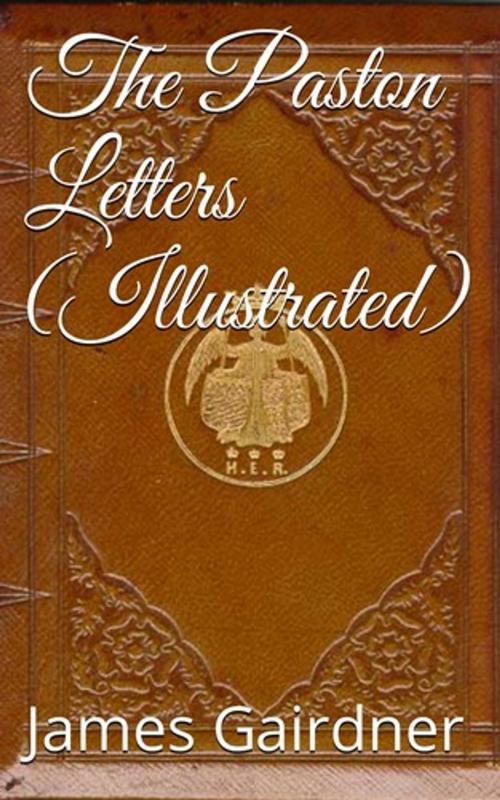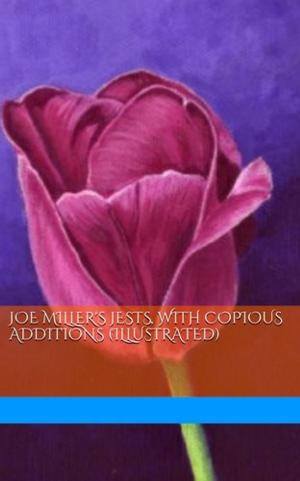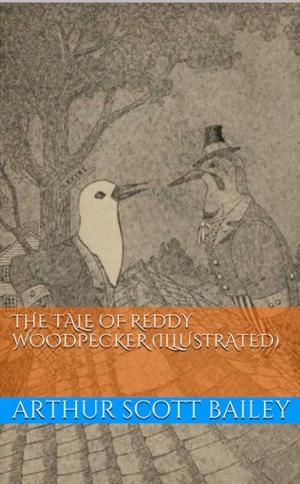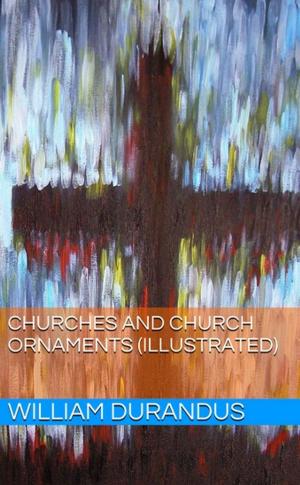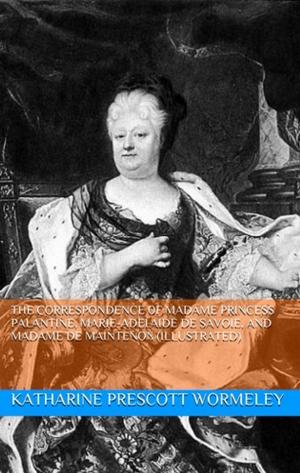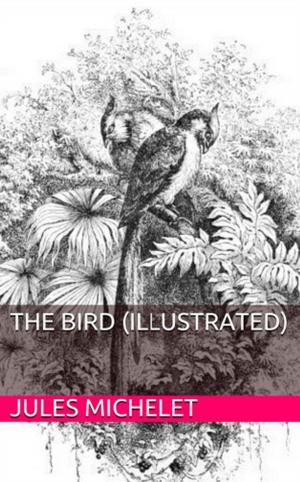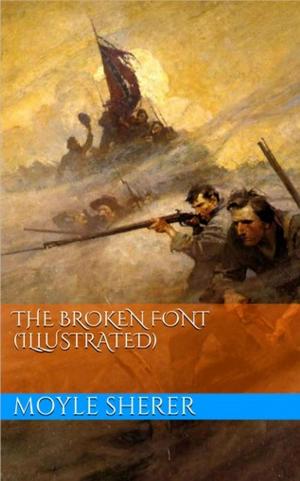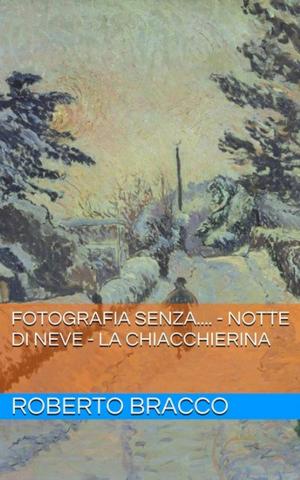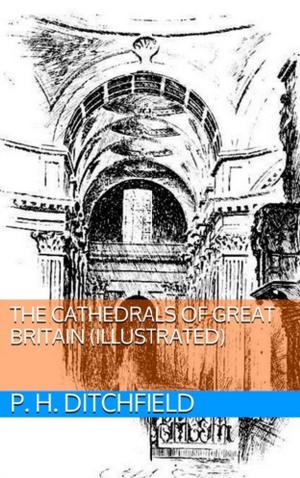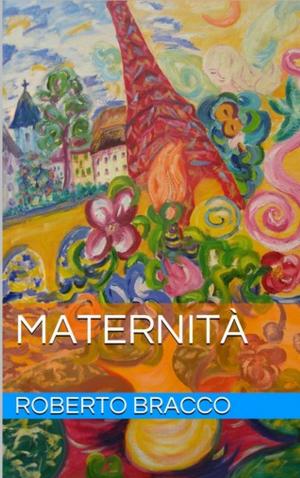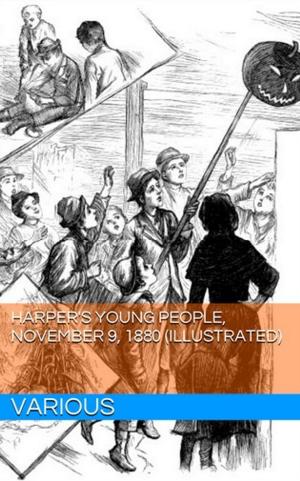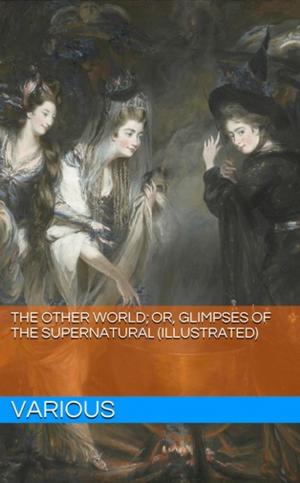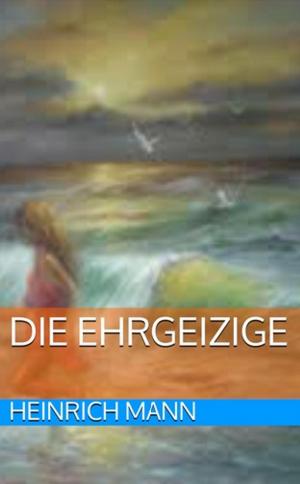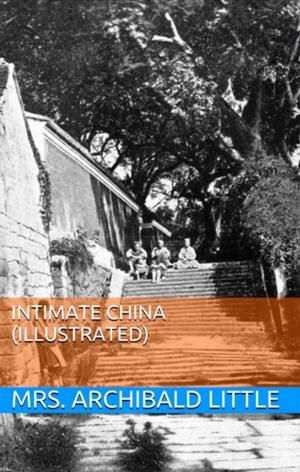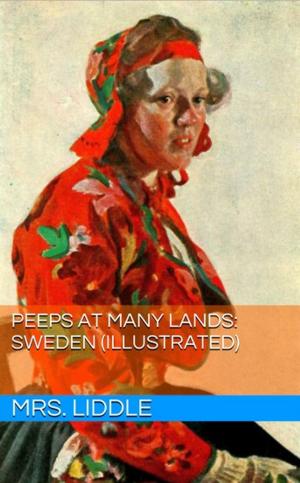The Paston Letters, Volume I (Illustrated)
Nonfiction, History, European General, Fiction & Literature, Essays & Letters| Author: | James Gairdner | ISBN: | 1230000155946 |
| Publisher: | Lost Leaf Publications | Publication: | July 29, 2013 |
| Imprint: | Language: | English |
| Author: | James Gairdner |
| ISBN: | 1230000155946 |
| Publisher: | Lost Leaf Publications |
| Publication: | July 29, 2013 |
| Imprint: | |
| Language: | English |
THE PASTON LETTERS
A.D. 1422-1509
Author Preface:
PUBLIC attention was first drawn to the Paston Letters in the year 1787, when there issued from the press two quarto volumes with a very lengthy title, setting forth that the contents were original letters written ‘by various persons of rank and consequence’ during the reigns of Henry VI., Edward IV., and Richard III. The materials were derived from autographs in the possession of the Editor, a Mr. Fenn, of East Dereham, in Norfolk, who was well enough known in society as a gentleman of literary and antiquarian tastes, but who had not at that time attained any great degree of celebrity. Horace Walpole had described him, thirteen years before, as ‘a smatterer in antiquity, but a very good sort of man.’ What the great literary magnate afterwards thought of him we are not informed, but we know that he took a lively interest in the Paston Letters the moment they were published. He appears, indeed, to have given some assistance in the progress of the work through the press. On its appearance he expressed himself with characteristic enthusiasm:—‘The letters of Henry VI.’s reign, etc., are come out, and to me make all other letters not worth reading. I have gone through one volume, and cannot bear to be writing when I am so eager to be reading. . . . There are letters from all my acquaintance, Lord Rivers, Lord Hastings, the Earl of Warwick, whom I remember still better than Mrs. Strawbridge, though she died within these fifty years. What antiquary would be answering a letter from a living countess, when he may read one from Eleanor Mowbray, Duchess of Norfolk?’1.1
So wrote the great literary exquisite and virtuoso, the man 2 whose opinion in those days was life or death to a young author or a new publication. And in spite of all that was artificial and affected in his character,—in spite even of the affectation of pretending a snobbish interest in ancient duchesses—Walpole was one of the fittest men of that day to appreciate such a publication. What was thought of them by some. Miss Hannah More was less easily pleased, and she no doubt was the type of many other readers. The letters, she declared, were quite barbarous in style, with none of the elegance of their supposed contemporary Rowley. They might perhaps be of some use to correct history, but as letters and fine reading, nothing was to be said for them.2.1 It was natural enough that an age which took this view of the matter should have preferred the forgeries of Chatterton to the most genuine productions of the fifteenth century. The style of the Paston Letters, even if it had been the most polished imaginable, of course could not have exhibited the polish of the eighteenth century, unless a Chatterton had had some hand in their composition.
General interest in the work.
Yet the interest excited by the work was such that the editor had no reason to complain of its reception. The Paston Letters were soon in everybody’s hands. The work, indeed, appeared under royal patronage, for Fenn had got leave beforehand to dedicate it to the King as ‘the avowed patron’ of antiquarian knowledge. This alone had doubtless some influence upon the sale; but the novel character of the publication itself must have excited curiosity still more. A whole edition was disposed of in a week, and a second edition called for, which, after undergoing some little revision, with the assistance of Mr. George Steevens, the Shakspearian editor, was published the same year. Meanwhile, to gratify the curious, the original MS. letters were deposited for a time in the Library of the Society of Antiquaries; but the King having expressed a wish to see them, Fenn sent them to Buckingham Palace, then called the Queen’s Palace, requesting that, if they were thought worthy of a place in the Royal Collection, His Majesty would be pleased to accept them. 3 They were accordingly, it would seem, added to the Royal Library; and as an acknowledgment of the value of the gift
THE PASTON LETTERS
A.D. 1422-1509
Author Preface:
PUBLIC attention was first drawn to the Paston Letters in the year 1787, when there issued from the press two quarto volumes with a very lengthy title, setting forth that the contents were original letters written ‘by various persons of rank and consequence’ during the reigns of Henry VI., Edward IV., and Richard III. The materials were derived from autographs in the possession of the Editor, a Mr. Fenn, of East Dereham, in Norfolk, who was well enough known in society as a gentleman of literary and antiquarian tastes, but who had not at that time attained any great degree of celebrity. Horace Walpole had described him, thirteen years before, as ‘a smatterer in antiquity, but a very good sort of man.’ What the great literary magnate afterwards thought of him we are not informed, but we know that he took a lively interest in the Paston Letters the moment they were published. He appears, indeed, to have given some assistance in the progress of the work through the press. On its appearance he expressed himself with characteristic enthusiasm:—‘The letters of Henry VI.’s reign, etc., are come out, and to me make all other letters not worth reading. I have gone through one volume, and cannot bear to be writing when I am so eager to be reading. . . . There are letters from all my acquaintance, Lord Rivers, Lord Hastings, the Earl of Warwick, whom I remember still better than Mrs. Strawbridge, though she died within these fifty years. What antiquary would be answering a letter from a living countess, when he may read one from Eleanor Mowbray, Duchess of Norfolk?’1.1
So wrote the great literary exquisite and virtuoso, the man 2 whose opinion in those days was life or death to a young author or a new publication. And in spite of all that was artificial and affected in his character,—in spite even of the affectation of pretending a snobbish interest in ancient duchesses—Walpole was one of the fittest men of that day to appreciate such a publication. What was thought of them by some. Miss Hannah More was less easily pleased, and she no doubt was the type of many other readers. The letters, she declared, were quite barbarous in style, with none of the elegance of their supposed contemporary Rowley. They might perhaps be of some use to correct history, but as letters and fine reading, nothing was to be said for them.2.1 It was natural enough that an age which took this view of the matter should have preferred the forgeries of Chatterton to the most genuine productions of the fifteenth century. The style of the Paston Letters, even if it had been the most polished imaginable, of course could not have exhibited the polish of the eighteenth century, unless a Chatterton had had some hand in their composition.
General interest in the work.
Yet the interest excited by the work was such that the editor had no reason to complain of its reception. The Paston Letters were soon in everybody’s hands. The work, indeed, appeared under royal patronage, for Fenn had got leave beforehand to dedicate it to the King as ‘the avowed patron’ of antiquarian knowledge. This alone had doubtless some influence upon the sale; but the novel character of the publication itself must have excited curiosity still more. A whole edition was disposed of in a week, and a second edition called for, which, after undergoing some little revision, with the assistance of Mr. George Steevens, the Shakspearian editor, was published the same year. Meanwhile, to gratify the curious, the original MS. letters were deposited for a time in the Library of the Society of Antiquaries; but the King having expressed a wish to see them, Fenn sent them to Buckingham Palace, then called the Queen’s Palace, requesting that, if they were thought worthy of a place in the Royal Collection, His Majesty would be pleased to accept them. 3 They were accordingly, it would seem, added to the Royal Library; and as an acknowledgment of the value of the gift
